Guadalupe Mountains National Park offers a perfect blend of natural wonder and adventure set within the vast landscape of Texas.
It's home to the state's highest peak, Guadalupe Peak, which is a whopping 8,751 feet tall – that's like stacking 6 Empire State Buildings on top of each other!
The park also cradles an ancient fossil reef from 265 million years ago, offering a glimpse into the earth's ancient past. With over 1,000 species of flora and fauna, it’s a hotspot for nature lovers. Whether you're up for an energetic hike or a calming walk, there's something here for you.
If you're planning a trip or simply curious about this remarkable place, keep reading to discover how to make the most of your visit to Guadalupe Mountains National Park!
Top Places to Visit and Fun Things to Do
Guadalupe Mountains National Park offers a variety of engaging activities and captivating sights; here are some fun things for you to do!
1. Visit the Pine Springs Visitor Center
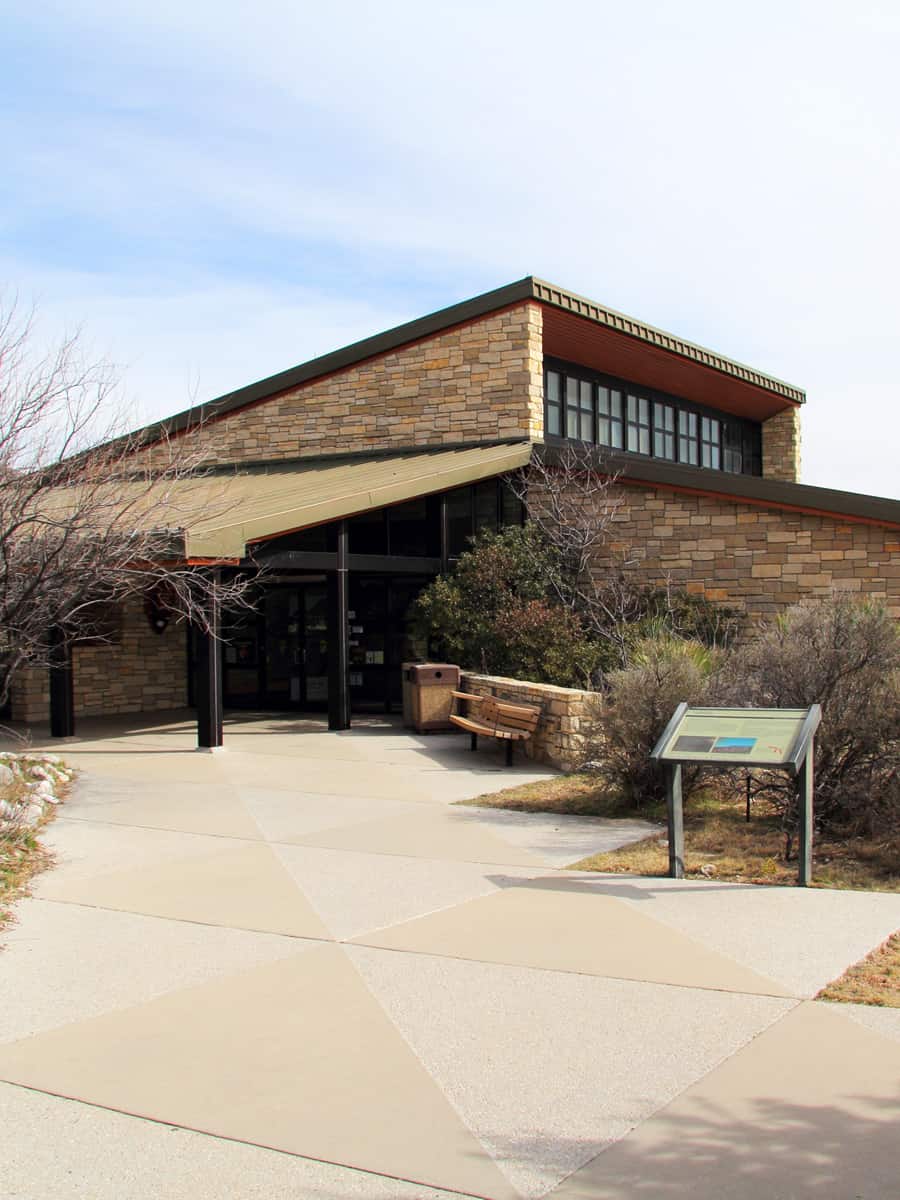
Begin your adventure at the Pine Springs Visitor Center, where you can gather helpful maps and learn about the park's trails and features. Knowledgeable staff are there to guide you.
2. Discover the History of the Pinery Butterfield Stage Station
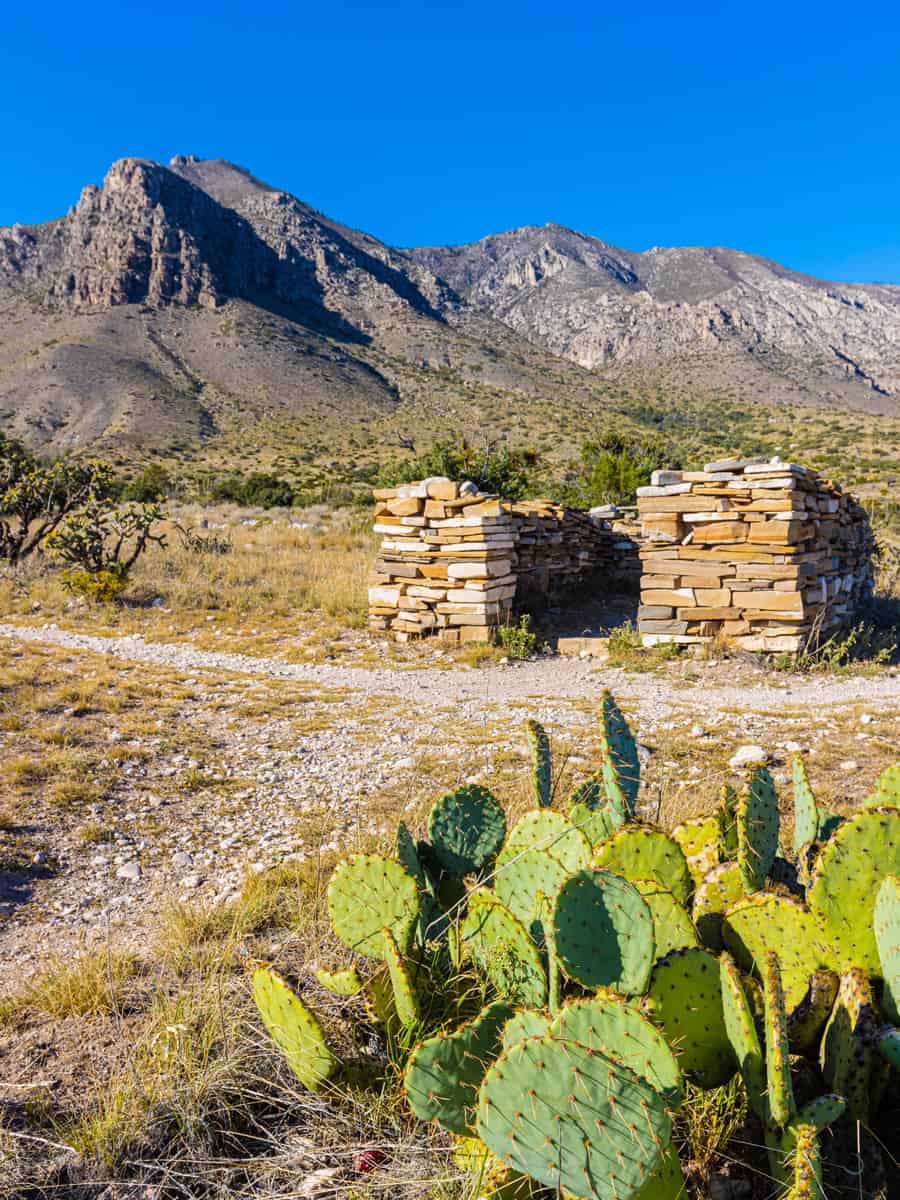
Immerse yourself in the pioneer spirit at the Pinery Butterfield Stage Station, a key historical site where you can reflect on the journeys of early American settlers.
Its ancient stone walls still stand today as a testament to the spirit of change carried by early travelers, station keepers, and stage drivers who passed this way over a century and a half ago.
3. Admire the View from El Capitan Lookout
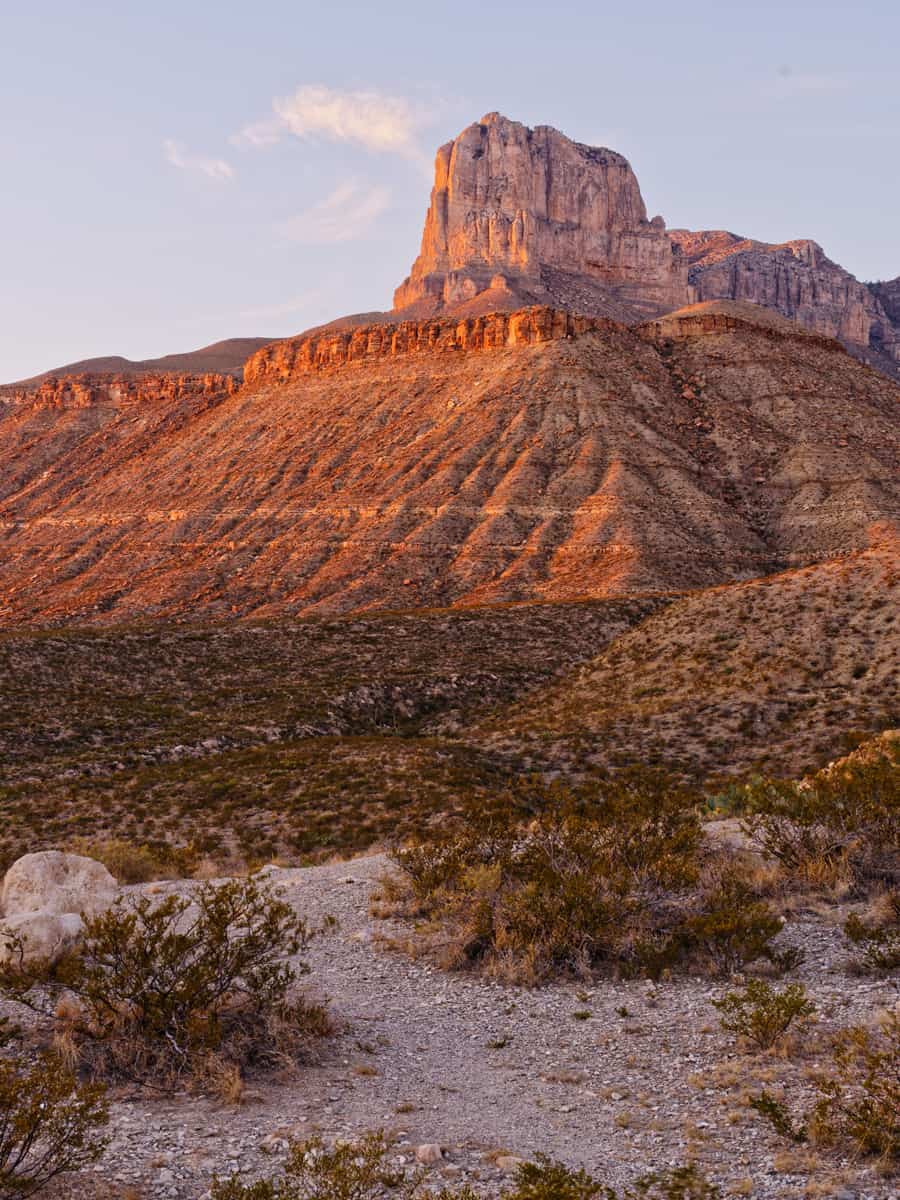
Of course! Don't miss the breathtaking views from El Capitan Lookout. The iconic rocky prominence offers a photo opportunity that's second to none.
From this vantage point, you'll be treated to panoramic views of the surrounding desert landscape, the vast Salt Basin Dunes, and the rugged Guadalupe Peak—the highest point in Texas.
4. Visit Frijole Ranch for a Glimpse Into Historical Ranch Life
Step back in time at Frijole Ranch, where you can explore the area's ranching history and see how early inhabitants lived amidst the desert landscape.
5. Relax at Manzanita Spring
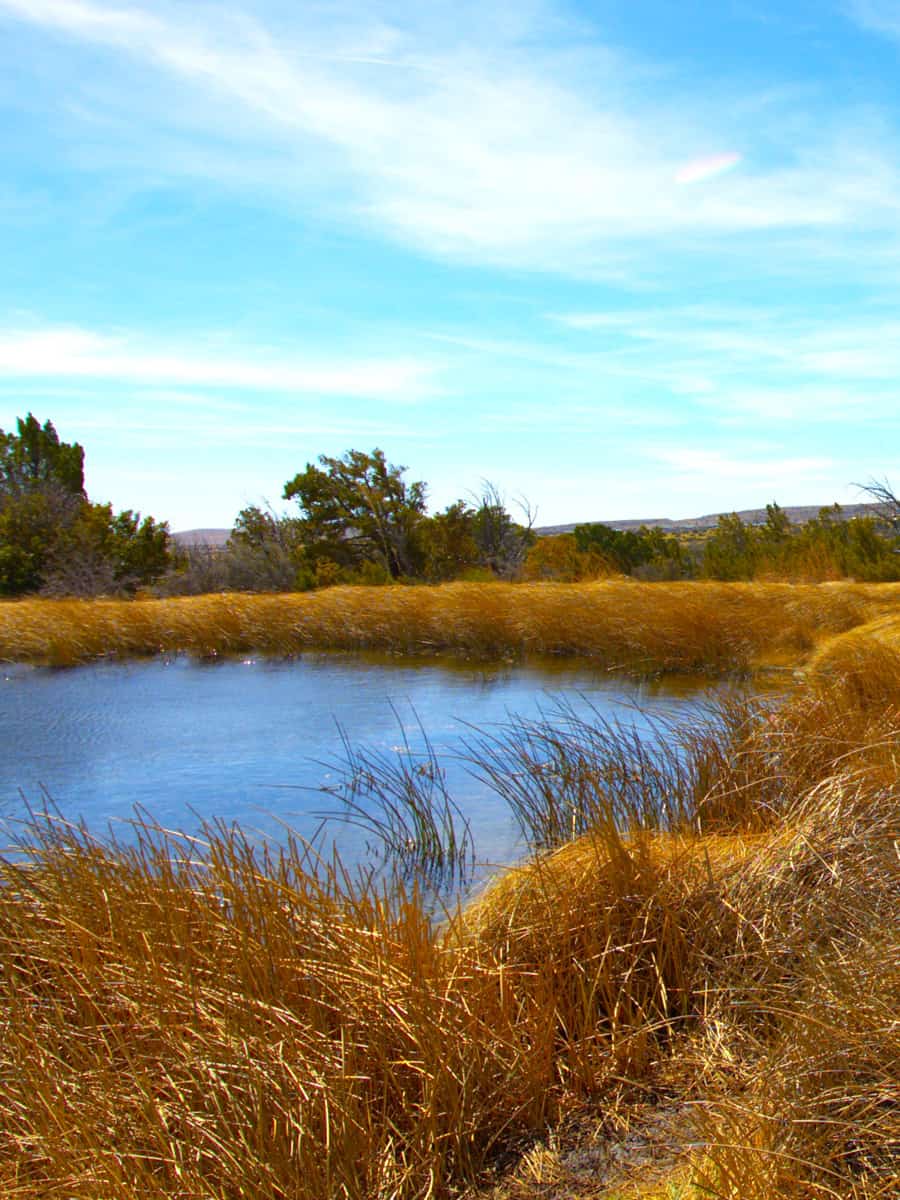
Take a break at Manzanita Spring, a peaceful oasis where you can enjoy the serene environment and maybe catch a glimpse of the park's wildlife.
It's an ideal place for a quiet picnic, a moment of reflection, or simply a break from your adventures in the park.
6. Camp at Dog Canyon
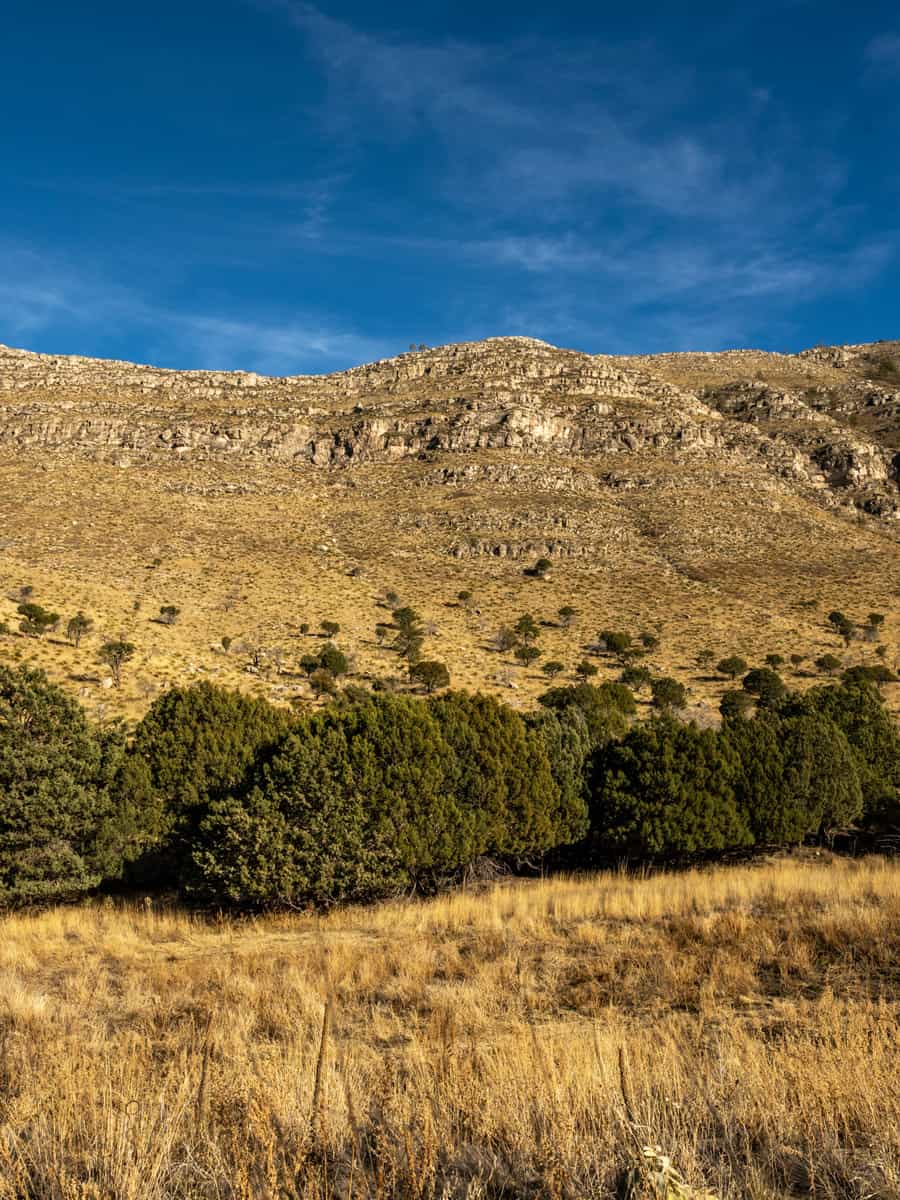
Escape to the solitude of Dog Canyon, where you can camp under the stars and enjoy the quiet of this remote area.
If you're planning to stay overnight, be sure to pick up a camping permit from the park visitor center as soon as you arrive since they're required and given out on a first-come, first-served basis.
There's also a modest camping fee in addition to the park entrance fee, ensuring you have access to this unique natural haven.
7. Drive to Williams Ranch
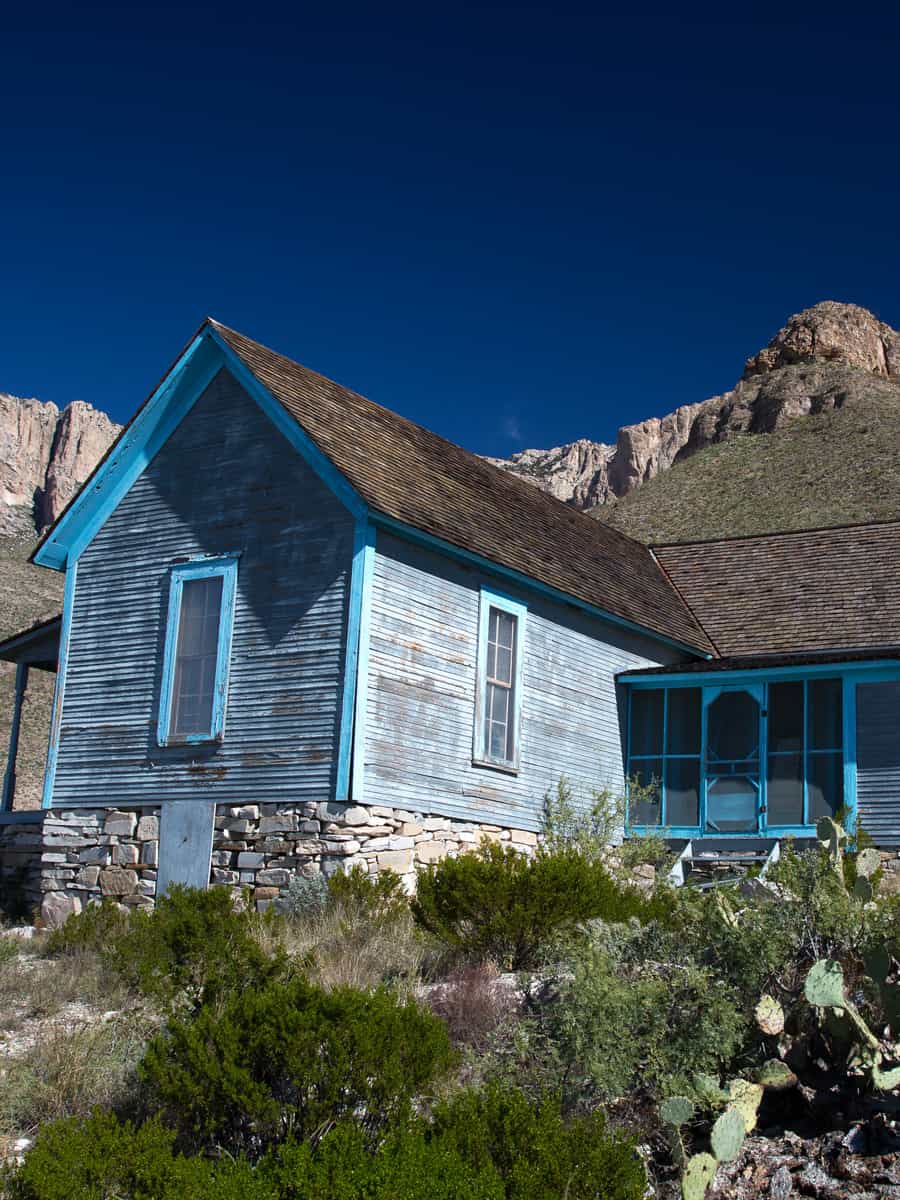
Although a high-clearance vehicle is needed, driving to Williams Ranch pays off with panoramic views and a sense of connection to the rugged Texas landscape.
If you enjoy drives with great views, check out our guide full of tips for road trips across 48 states.
8. Discover Ancient Marine Life on the Permian Reef Geology Trail
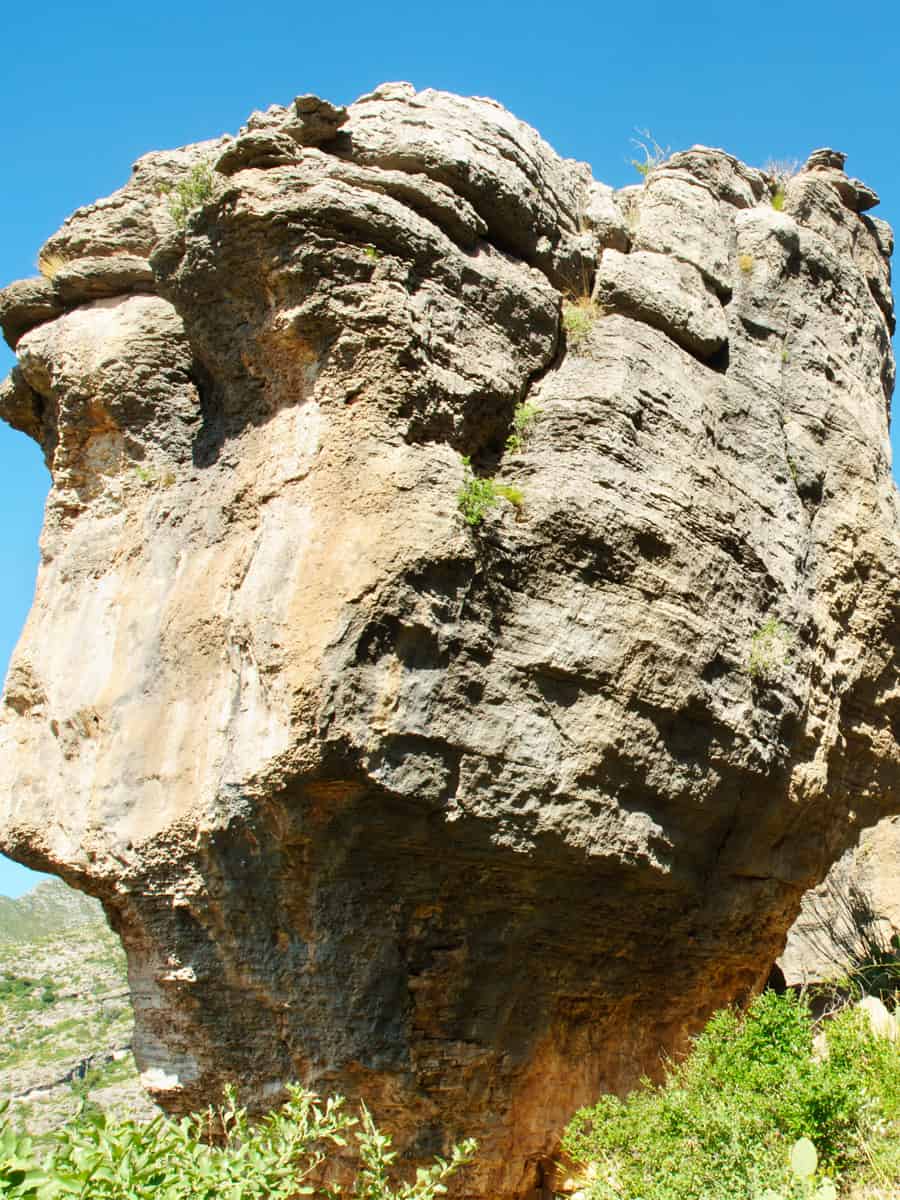
See the Permian Reef Geology Trail to learn about the ancient marine fossils embedded in the limestone—a true treat for geology enthusiasts.
Stretching 8.4 miles round trip, the trail presents a moderate to challenging hike that typically takes about 4 to 6 hours to complete, depending on your pace and interest in the geological features along the way.
As you make your way, you'll come across an array of fossilized life forms, from minute coral and sponge fragments to the remains of larger marine creatures, providing a glimpse into the complex ecosystems of the Permian period.
More Trails and Unique Hiking Opportunities!
If you love hiking, there's more to the Guadalupe Mountains than just the Permian Reef; there are more trails here with an array of rewarding challenges and breathtaking views!
1. El Capitan Trail
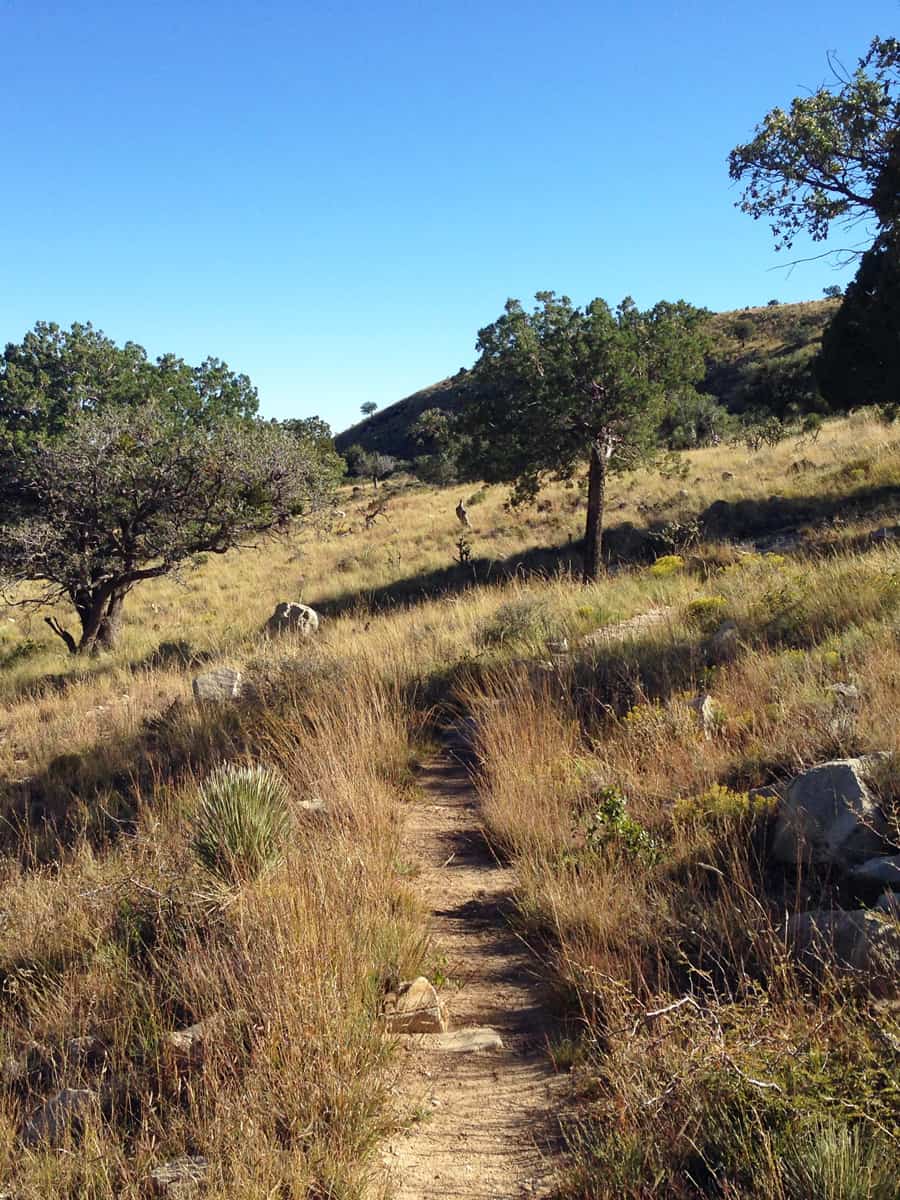
If you're looking to explore one of the park's most iconic landmarks, the El Capitan Trail is your go-to hike.
Winding through a rugged desert landscape, this strenuous trail rewards you with close-up views of the majestic El Capitan summit.
Spanning 11.3 miles round trip, expect to spend about 6 to 8 hours completing this hike, offering a perfect blend of challenge and awe-inspiring scenery.
2. Guadalupe Peak Trail
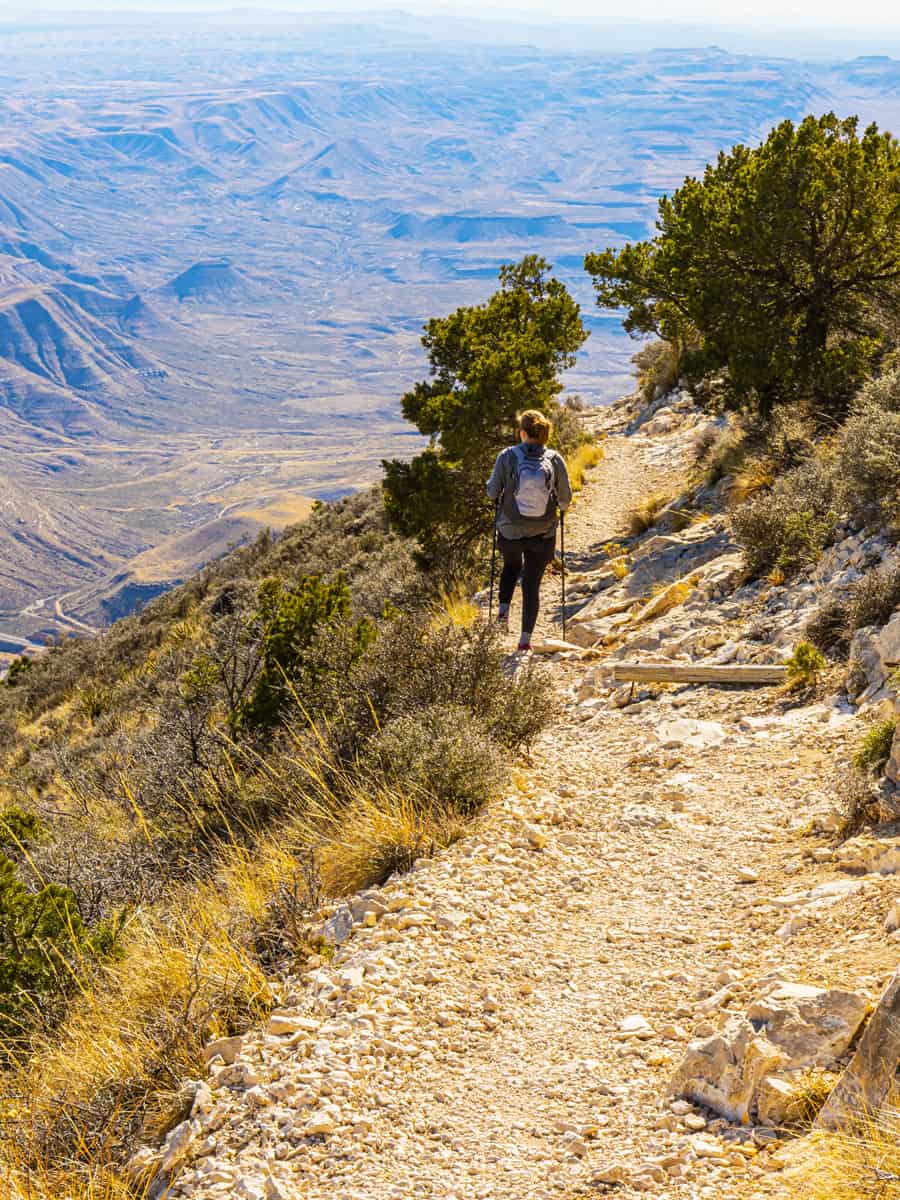
Conquer the "Top of Texas" on the Guadalupe Peak Trail, the park's premier hike leading to its highest point.
The trail covers 8.5 miles round trip and is tough, but you'll be gifted with panoramic vistas from the summit that will make every step worth your while.
3. McKittrick Canyon Trail
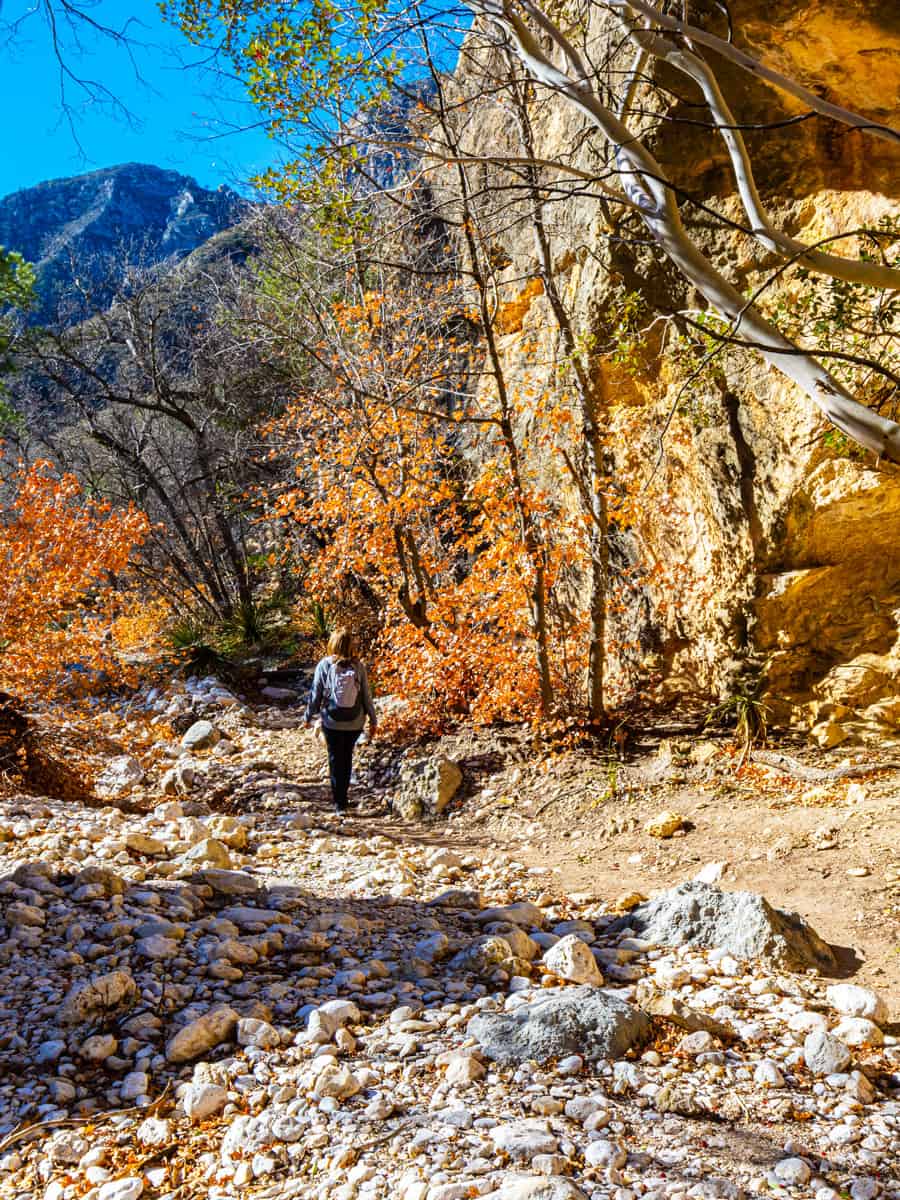
This covers about 6.8 miles round trip, usually taking 3 to 4 hours to complete.
It's especially picturesque in the fall, perfect for experiencing the scenic views and a chance to witness the area's diverse flora, notably in the hidden oasis of McKittrick Canyon.
4. Smith Spring Trail
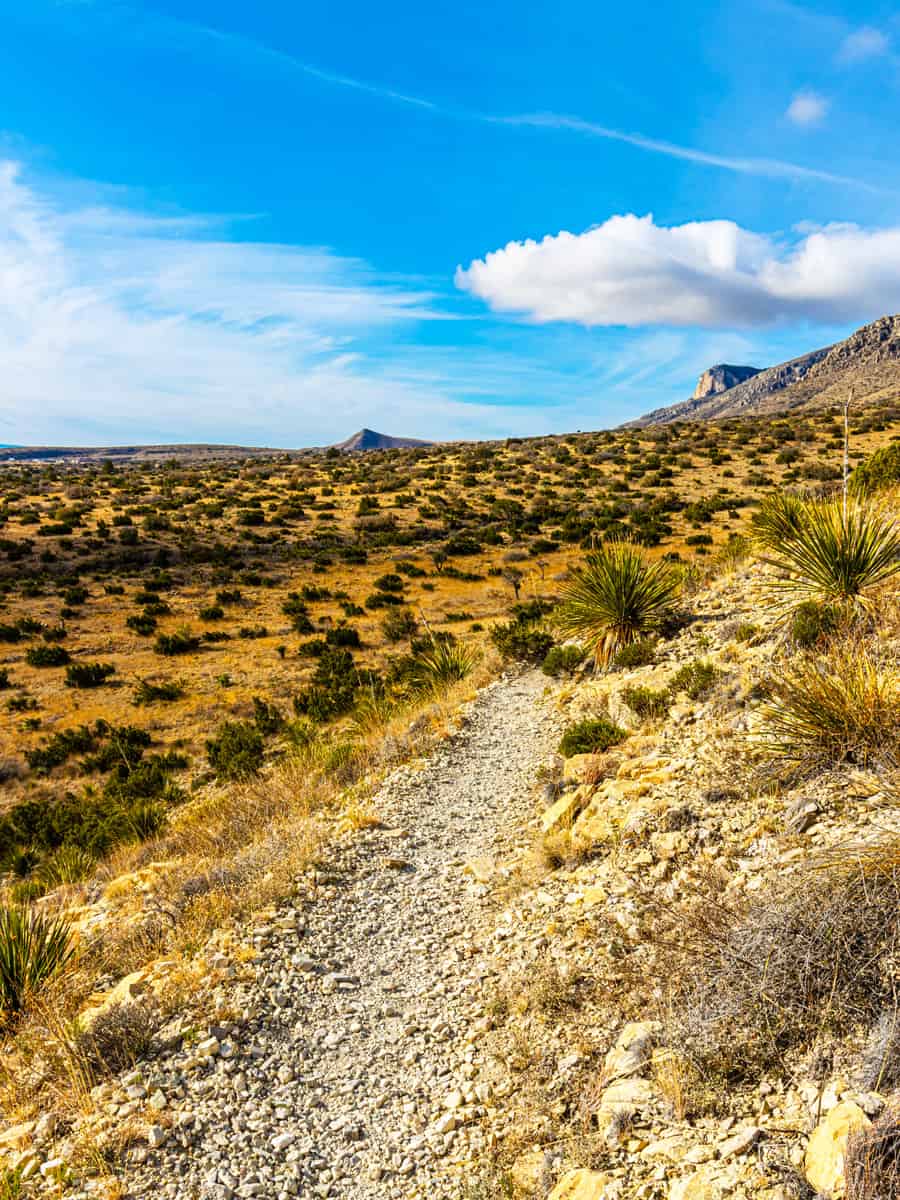
Discover a refreshing oasis in the desert by following the Smith Spring Trail. Your 2.3-mile journey will be rewarded with lovely greenery and a flowing spring that attracts a variety of wildlife.
5. Devil’s Hall Trail
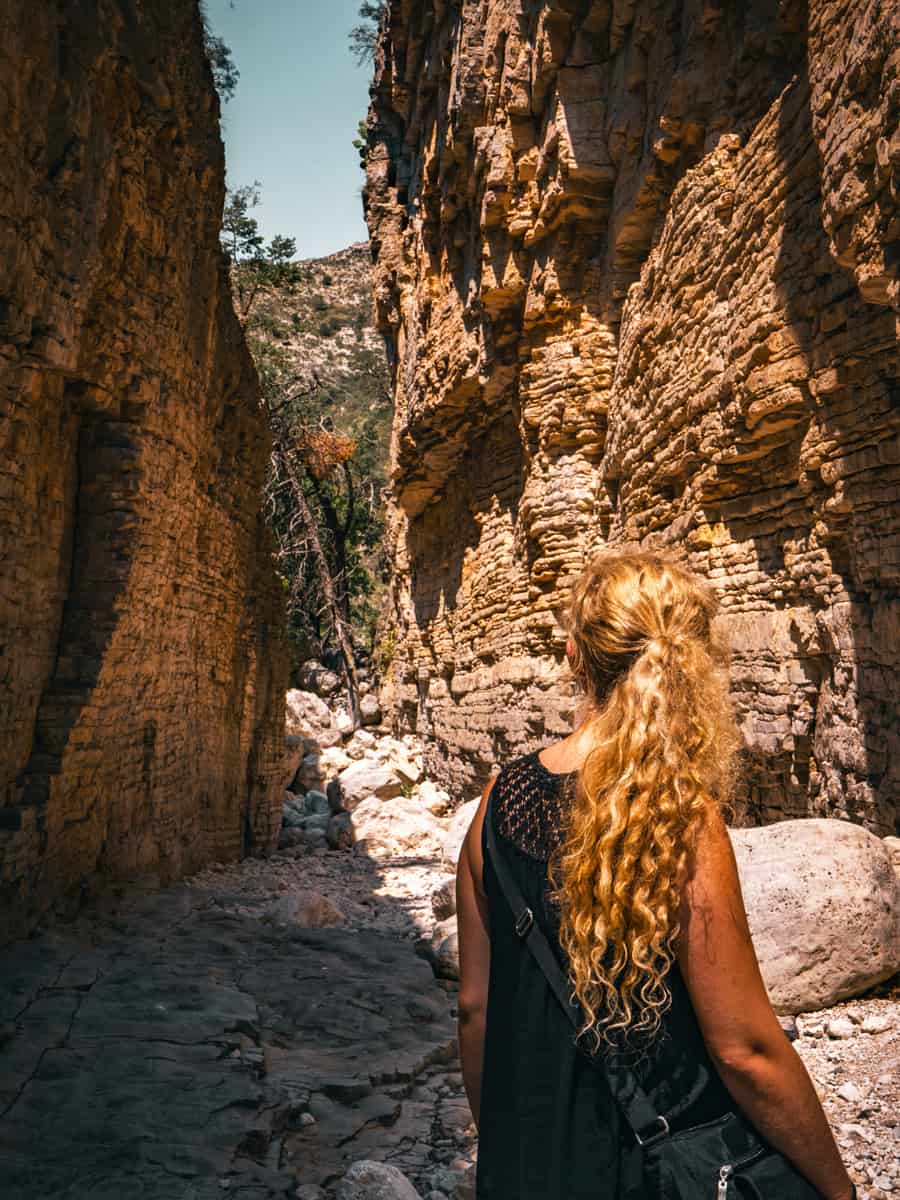
For a unique experience, embark on the Devil's Hall Trail. Hike through a natural rock hallway and enjoy a bit of scrambling. This 4.2 mile journey is perfect if you're looking for a fun and adventurous challenge.
6. Salt Basin Dunes Trail
Experience the contrast of the Salt Basin Dunes Trail, where striking white gypsum sand dunes offer a landscape that feels more like a desert than the mountainous terrain you've come to know in the park.
As you trail to this 3.9-mile route, you'll discover fossils, from tiny corals to large sea creatures. Each one offers a glimpse into ancient marine life, turning your hike into a journey through time.
7. Pine Springs Trail
Lastly, the Pine Springs Trail is perfect for a shorter, more accessible jaunt through nature, taking you through historic grounds, including the remains of the old Pinery Butterfield stagecoach station.
Discover the Wildlife and Beauty of North Cascades!
As you hike through the trails of the Guadalupe Mountains, you might even get lucky and see this fascinating wildlife amidst stunning natural sceneries!
1. Kit Fox

The kit fox is one of the smallest canids in North America. You might spot this elusive nocturnal creature darting through the desert underbrush.
2. Mountain Lion
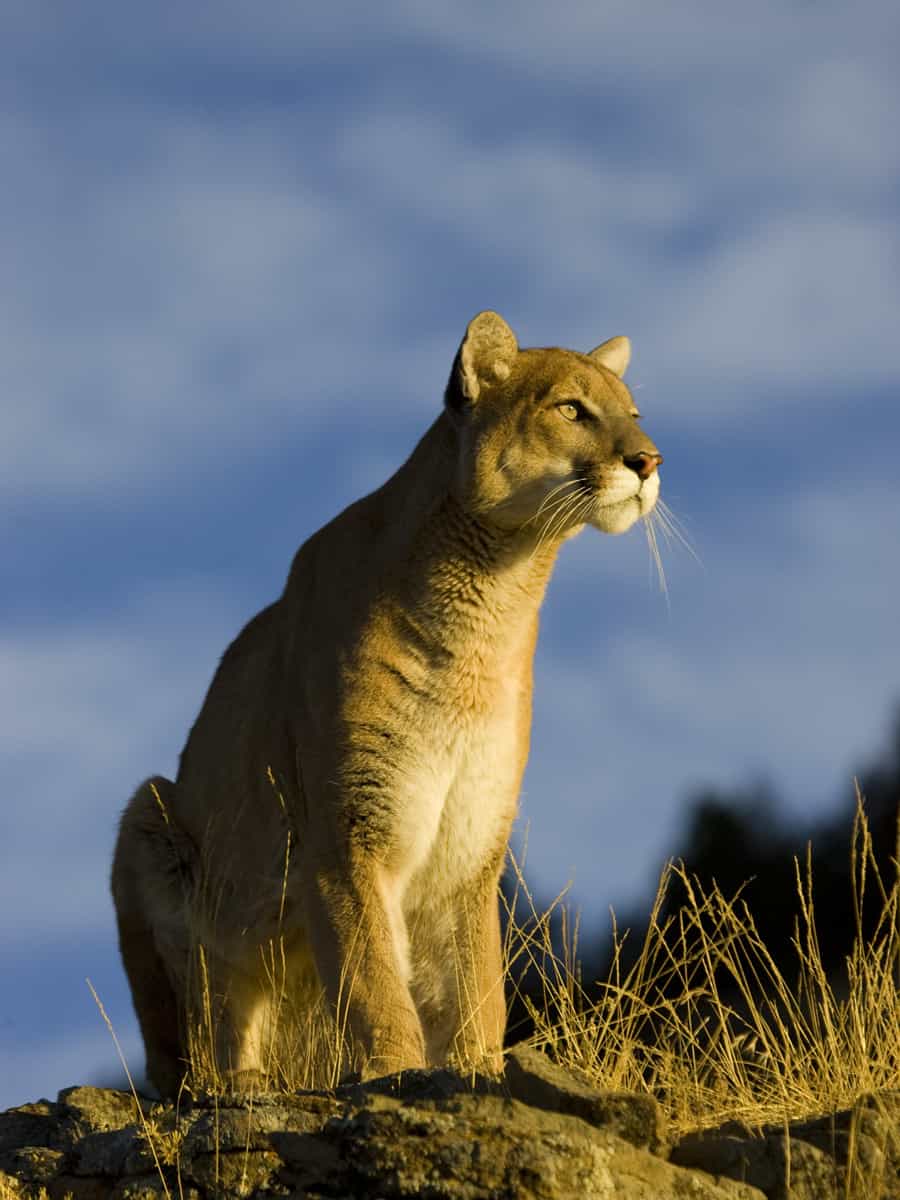
Keep an eye out for the mountain lion, an apex predator commanding the food chain. Although sightings are rare, knowing they're present adds a sense of wilderness to your hike.
3. Black Bear

The black bear has made a comeback in the park. While they usually keep their distance from humans, you'll want to stay alert and follow bear safety tips.
4. Peregrine Falcon
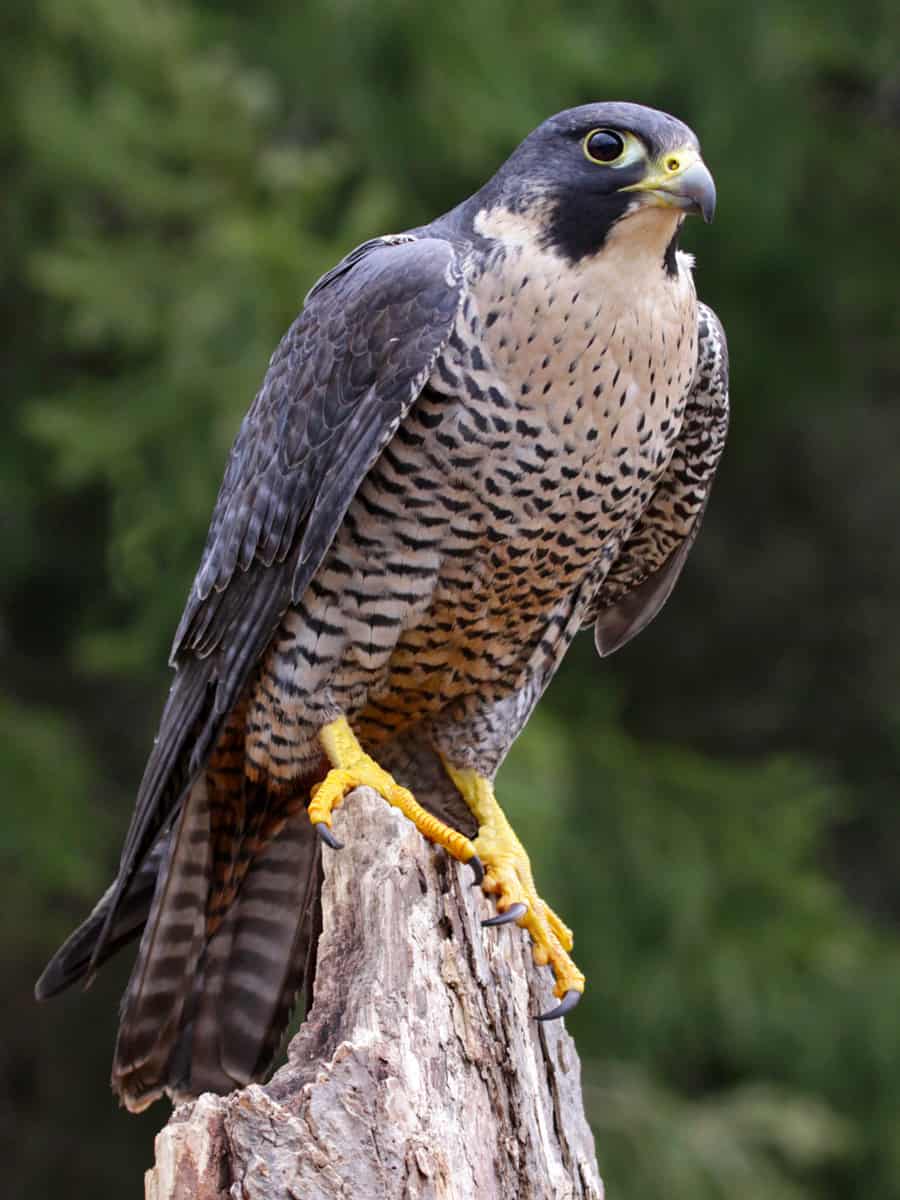
Look to the skies, and you may spot the peregrine falcon. Known for its incredible diving speed, this bird of prey is a thrilling sight for birdwatchers.
5. Montezuma Quail
The elusive Montezuma quail is known for its distinctive, quivering call. If you're lucky, you'll hear their call or spot them among the underbrush.
6. Black-chinned Hummingbird

The black-chinned hummingbird can be seen fluttering around blooming plants. These tiny energetic birds are incredible to watch as they hover in mid-air.
7. Ocotillo
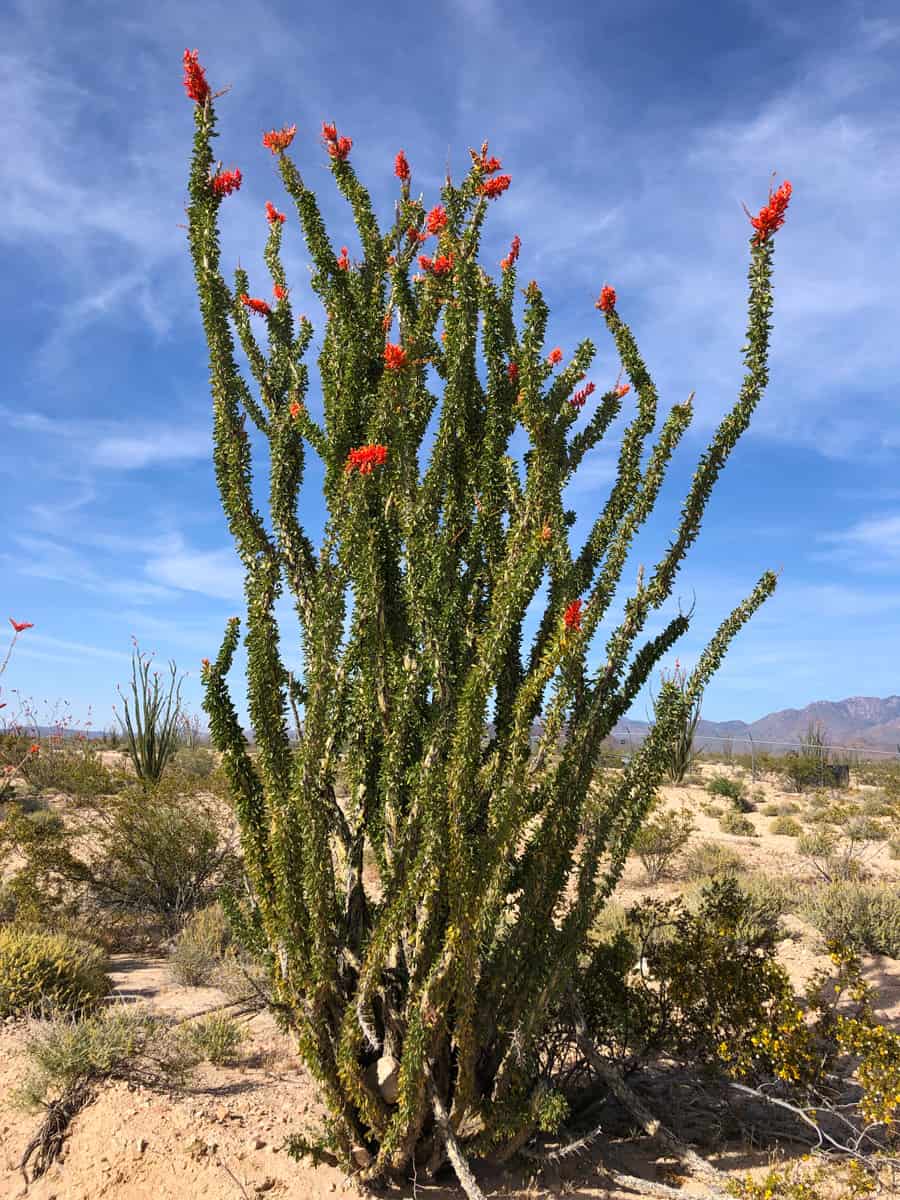
Among the park's flora, the ocotillo stands out with its long, spiny stems. Particularly striking when its bright red flowers bloom, the ocotillo provides a burst of color against the desert backdrop.
8. Ponderosa Pine
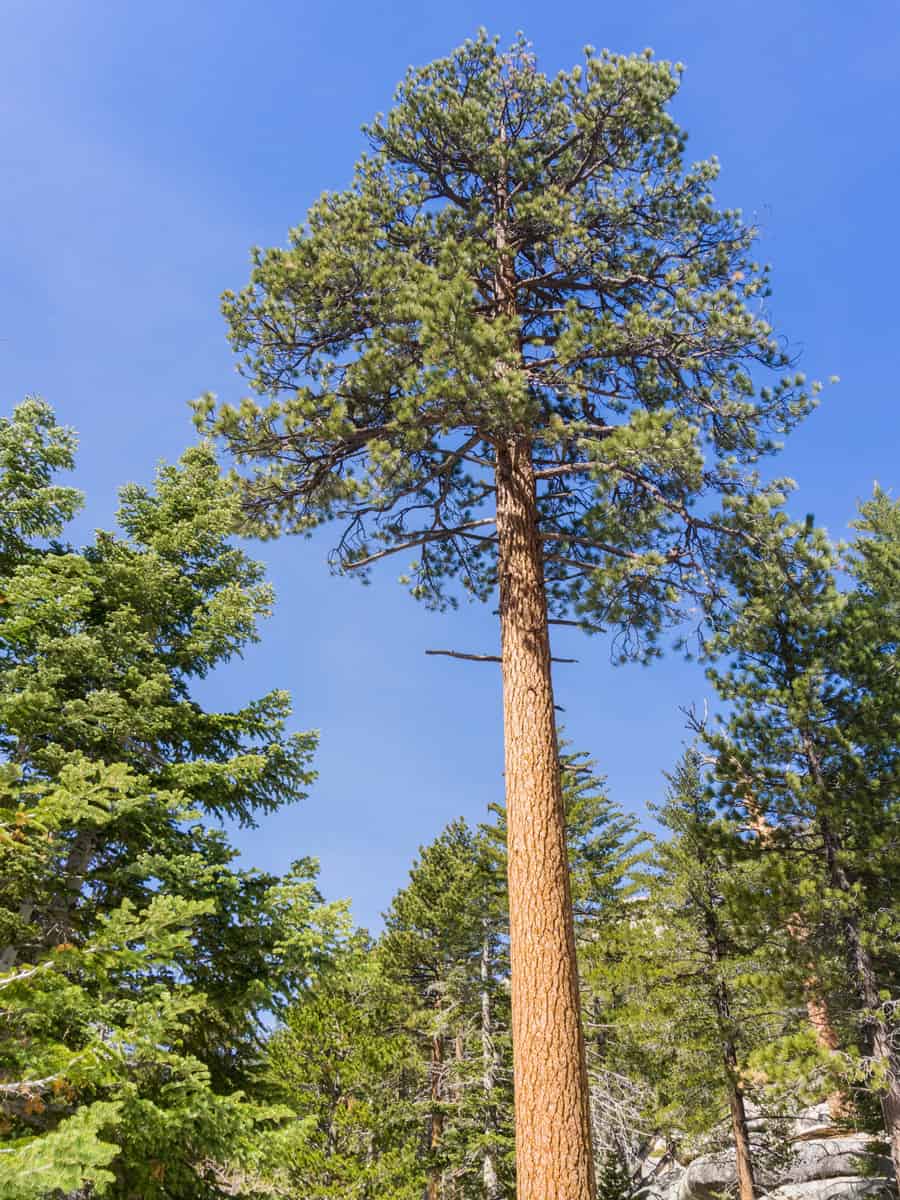
In higher elevations, the ponderosa pine dominates. With their towering height and distinctive bark, these trees are a symbol of strength in the mountainous landscape.
9. Permian Reef

Finally, no visit is complete without appreciating the Permian reef. Formed over 250 million years ago, this fossilized reef is a testament to the park's ancient marine past.
Tips for Parking and Transportation at Guadalupe Mountains National Park
Getting to Guadalupe Mountains National Park and finding parking should be easy and stress-free. Let's ensure you have a smooth experience getting there and parking your vehicle.
Traveling by Car
If you're coming from El Paso, set aside about two hours for the 110-mile trip east on US Hwy 62/180. This route offers a scenic journey through West Texas, showcasing the region's vast landscapes as you approach the park.
Alternatively, if you're coming from Carlsbad, NM, head Southwest on US-62/180 West for about 55 miles.
This shorter trip should take you roughly 1 hour, leading you through diverse terrains to the natural beauty of the Guadalupe Mountains.
For those coming from the north side, you can go via New Mexico State Road 137. Here, you'll be able to access the Dog Canyon District with a 2 hour drive from Pine Springs.
Parking and Passes
Once you've arrived, parking spaces at the park can be found at locations such as the Frijole Ranch, with 19 total spaces and 3 oversized spaces for larger vehicles.
Keep in mind that parking lots can fill quickly during peak visitation times, so arriving early can be advantageous. Remember to display your park pass in your vehicle.
These passes can be purchased at the park's visitor centers or in advance through the National Park Service's website.
Traveling by Plane
If you're flying in to visit the park, Cavern City Air Terminal in Carlsbad, New Mexico, is your best bet for convenience. It's just a 30-minute drive from the park, making it super easy to get started on your adventure.
You'll need to rent a car, as there's no direct shuttle to the park, but this gives you the freedom to explore at your own pace.
For other options, consider these airports:
- El Paso International Airport (ELP): About a 2-hour drive west of the park, El Paso offers many flights and scenic routes to the park.
- Midland International Air & Space Port (MAF): Located 180 miles northeast, it's a 3-hour drive to the park through beautiful Texas landscapes.
- Lubbock Preston Smith International Airport (LBB): A bit further, about 260 miles northeast, but still an option if you're coming from that direction.
Public Transportation Options
Public transportation options are limited for reaching Guadalupe Mountains National Park.
However, car rentals from nearby cities such as El Paso or Carlsbad can provide a reliable means to reach the park.
The Ideal Time for Your Visit
Choosing the ideal time for your visit to Guadalupe Mountains National Park is key to enjoying the best experience possible.
- Fall (October to November) offers ideal hiking weather with comfortable temperatures between 54-70°F with stunning fall foliage that enhances the park's landscapes for your outdoor adventures.
- Spring (March to May) brings the park to life with a burst of wildlife activity and mild temperatures ranging from the mid-40s to high 70s°F.
- Summer (June to August) can be super hot, with temperatures often reaching the mid-80s°F, so we don't recommend going around this but if you want a quieter visit there are generally fewer visitors.
- Winter (December to February) offers its own mild charm, with daytime highs comfortably in the 50s and 60s°F. However, do be ready for the occasional gust of high wind.
Planning your visit with these seasonal considerations in mind is recommended to ensure you have the smoothest and most enjoyable experience possible!
Pack Your Bags and Get Ready for the Guadalupe Mountains!
When you venture into the beauty of Guadalupe Mountains National Park, being prepared is key to a safe and enjoyable experience. Hydration is crucial, so carry plenty of water.
Dressing appropriately is equally important for your protection. The desert sun can be fierce, so arm yourself with:
- Sunscreen
- A hat
- Long sleeve shirts
- Long pants
Before heading into the park, familiarize yourself with potential dangers. The park is generally safe, but being aware of the wildlife and terrain can help you stay out of harm's way.
With these precautions, your adventure in the Guadalupe Mountains can be a memorable and safe escape into nature!
